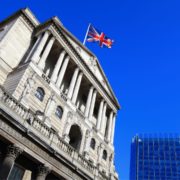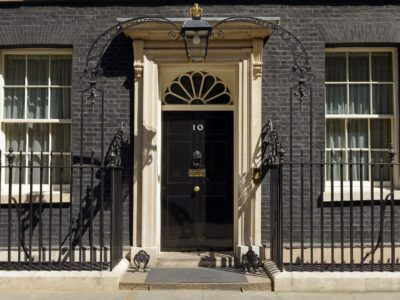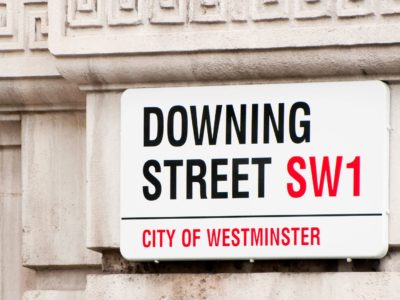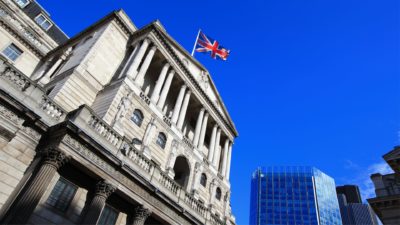Despite recording the second-largest annual increase, the UK’s bank or prime lending rate is only the fourth-highest among all G8 nations.
Current bank lending rates across G8 nations have been analysed to see how they’ve changed in the past 12 months, and where the UK ranks in this respect when it comes to actual loan interest rates felt by homeowners and borrowers.
What is a bank lending rate?
While the base rate is the rate at which banks or lenders interact with a given central bank, the bank lending rate is the rate that banks actually charge customers on credit products such as loans or mortgages.
The base rate will usually dictate the bank or prime lending rate, which is basically a marked-up version of the base rate used as a starting point to calculate interest rates.
The analysis of G8 bank lending rates found that, despite widespread concern, the UK’s current bank/prime lending rate of 5% is only the fourth-highest among G8 nations, with Russia (9.33%), the United States (7.50%), and Canada (6.70%) all home to higher rates.
When it comes to the largest annual rate hikes, however, it’s a different story with the UK ranking second after an increase of 3.50% in the past year.
This is outmatched only by the United States and Canada, both of which have seen annual increases of 4.25%.
Italy and Germany place just below the UK with annual rate rises of 2.12% and 1.97% respectively.
Jonathan Samuels, CEO of Octane Capital, the specialist property lending experts responsible for the analysis, commented:
“Despite a recent dip in UK mortgage rates bringing increased stability to the UK property market in 2023, the cost of borrowing remains higher than a year ago as a result of repeated base rate hikes.
This has had an inevitable effect on bank lending rates which means that high street money lenders and mortgage providers are still more risk-averse when choosing who to lend to and under what rate of interest.
However, despite the UK seeing the second largest bank lending rate increase in the last year, we still rank just fourth amongst other G8 nations where the current rate is concerned, which suggests that, while not ideal, the situation could indeed be a lot worse.”
| Table shows latest bank rate for G8 nations alongside % change in the past year | |||||
| Nation | Ref date – previous | Ref date – latest | Previous bank / prime lending rate | Latest bank / prime lending rate | Annual change |
| Canada | Jan-22 | Jan-23 | 2.45% | 6.70% | 4.25% |
| United States | Jan-22 | Jan-23 | 3.25% | 7.50% | 4.25% |
| United Kingdom | Feb-22 | Feb-23 | 1.50% | 5.00% | 3.50% |
| Italy | Dec-21 | Dec-22 | 1.72% | 3.84% | 2.12% |
| Germany | Dec-21 | Dec-22 | 1.94% | 3.91% | 1.97% |
| France | Dec-21 | Dec-22 | 1.42% | 3.02% | 1.60% |
| Russia | Nov-21 | Nov-22 | 8.50% | 9.33% | 0.83% |
| Japan | Jan-22 | Jan-23 | 1.00% | 1.40% | 0.40% |
Prime lending rate data sourced from Trading Economics
Additional information on the G8 sourced from Gov.uk – What is the G8?
























Comments